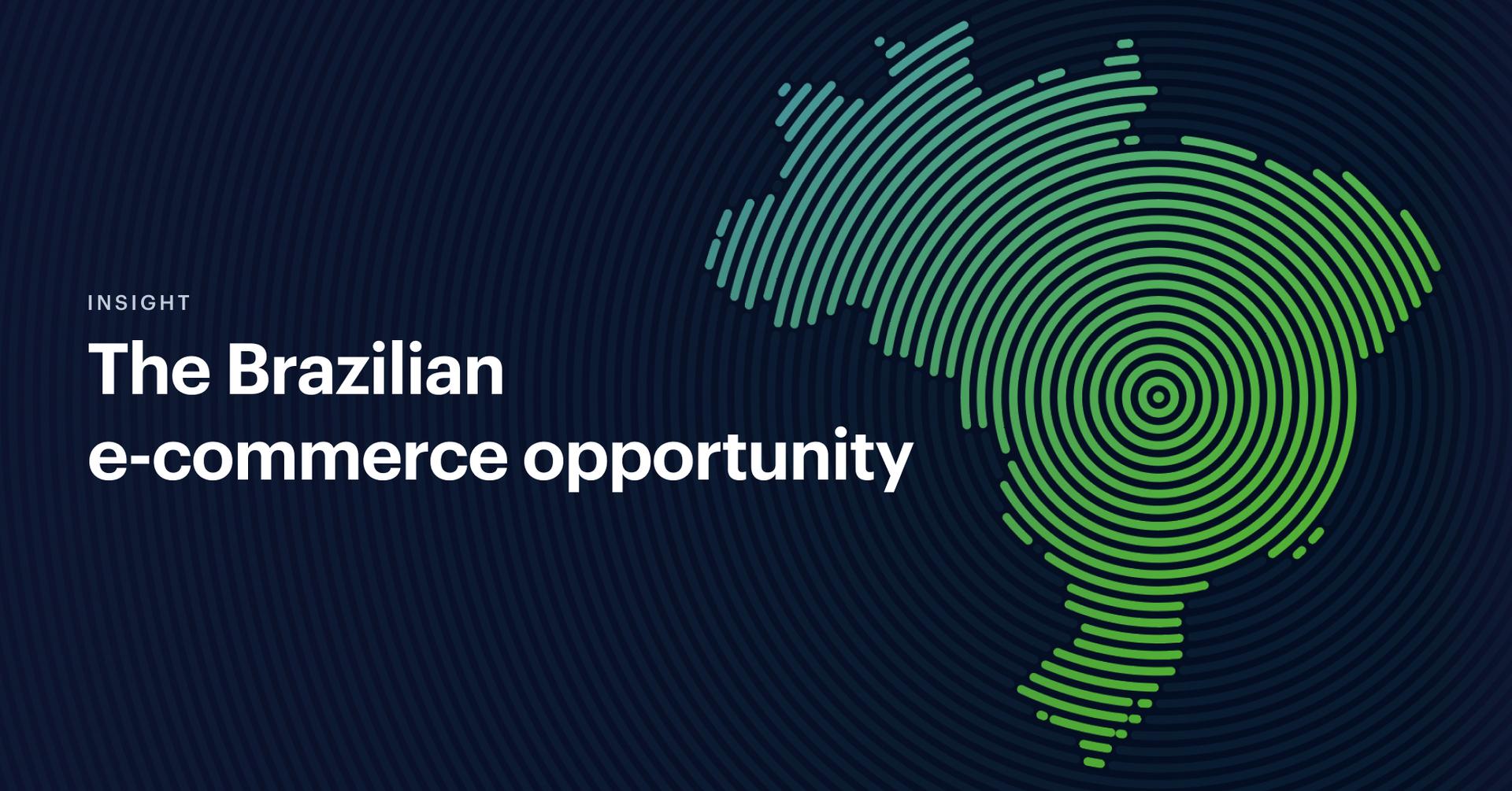


Market insights
Why include Brazil in your global e-commerce strategy?
Imagine a country of more than 200 million people, one of the 15 largest economies in the world. In this country, 20% of e-commerce purchases happen cross-border; given the high national tax burden, products and services from the other side of the world become very competitive. Furthermore, the accelerated digitisation of its financial ecosystem – built on a solid base – has helped bring onside 30 million unbanked people.
Welcome to Brazil
Latin America's largest country represents an immense business opportunity for foreign merchants. At the same time that e-commerce is breaking growth records, with a 90% penetration amongst the adult population in the market. During the pandemic, the e-commerce share doubled compared to 2019, reaching 11.6% of sales, according to the Brazilian Association of E-Commerce (ABComm). In November 2020, the share reached 14.4%, but since then, with the reopening of physical commerce, it has stabilised at much higher levels compared to pre-pandemic times.
As if this were not enough, Brazilians are among the most digitalised populations in the world. Statista data indicates that in 2023, there were almost 172 million people using social networks, which is expected to reach over 217 million by 2029. With a wide presence of Facebook and Instagram, and with WhatsApp used daily by 86% of the population, digital channels are a constant source of information, entertainment and consumption.
Real-time payments and cross-border: a winning combination
The growth of real-time payments in Brazil sparks a significant cultural change towards digital payment methods that do not know geographical borders. They’re becoming an essential tool for cross-border commerce, which can take advantage of this movement to gain even more space.
Traditional payment methods offer limitations for many consumers, which helps explain why Pix has rapidly gained traction in the country. Pix represented 29% of online orders in 2023. Brazilians are willing to shop online and appreciate solutions that reduce transaction friction – especially at checkout.
The development of global real-time payment solutions lowers these barriers. Considering that, in 2023, these solutions accounted for 19.1% of global electronic transactions, and the number is expected to reach 575.1 billion by 2028 - a compound annual growth rate (CAWR) of 16.7%. This is a payment method with a strong trend towards market adoption. Its presence represents, for example, more than double that of buy now pay later (BNPL) – now perceived as a significant force in the transformation of payment methods in developed countries.
As Brazilian consumers become accustomed to the ease of conducting electronic transactions in real-time, their willingness to use real-time payments for their international purchases is increasing. This is excellent news for cross-border retailers, since sales are confirmed and funds are available immediately, which brings more security with much lower costs compared to traditional payment methods. For customers, it is a simpler, faster, and more assertive shopping experience that generates a better perception of the retailer's brand.
This combination of factors makes Brazil well positioned as one of the great opportunities for cross-border commerce in the coming years. With global real-time payments solutions, companies from all over the world can accelerate their presence in the country, expanding their sales possibilities without massive investments in infrastructure or compliance with Brazil’s legislation.
The message is clear: with little to no investment, it’s possible to immediately start selling in Brazil using a safe, cheap real-time and widespread payment method that all digitally active Brazilians can use. A plug-and-play solution allows companies from anywhere in the world to start operating in the country without a physical presence, accelerating their growth and learning curve in one of the most important digital markets in the world.
Brazil presents an unmissable growth opportunity that, if is not yet in your global strategy, you should immediately consider.
More like this

Market insights
How PayTo compares to other payment methods in Australia
Explore the advantages of PayTo over other payment methods in Australia when it comes to fees, transaction speed, security, and user experience.

Market insights
From screen scraping to PSD3: The growth of open banking in DACH
We look at open banking in DACH, starting with the German Federal Post Office’s experience to the upcoming PSD3 and Payment Services Regulation.

Market insights
Real-time payments in the US: 10 key use cases
We explore how real-time payments can benefit everyday use cases in the US, from online winning payouts to ensuring utility bills are settled instantly.